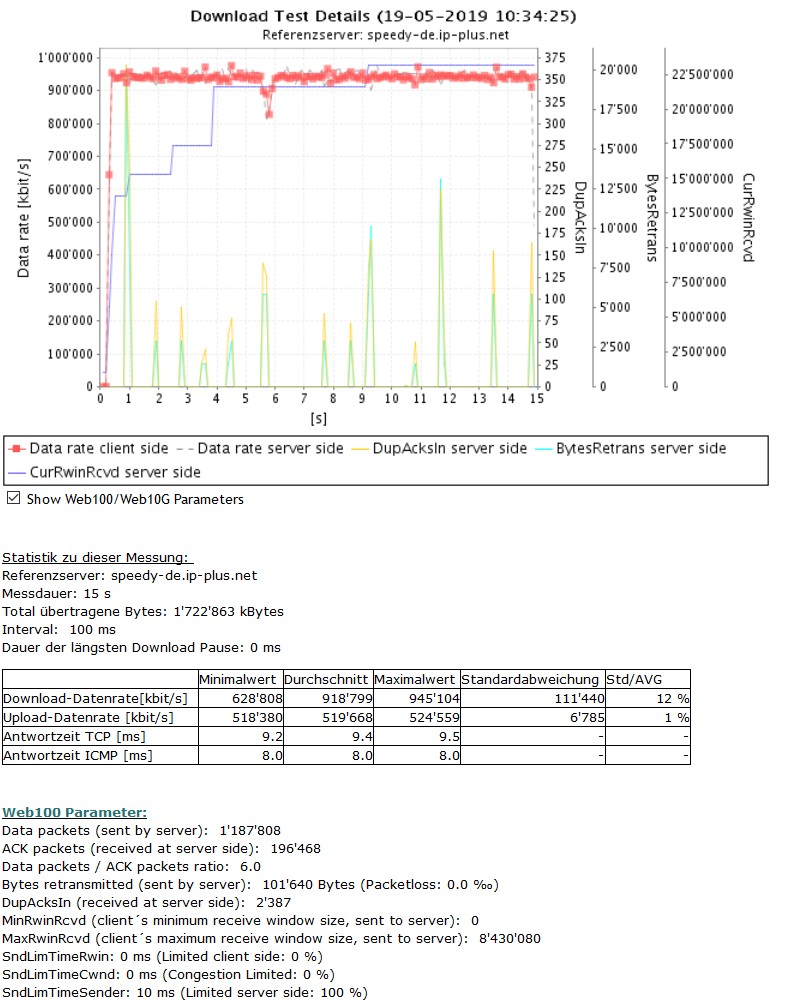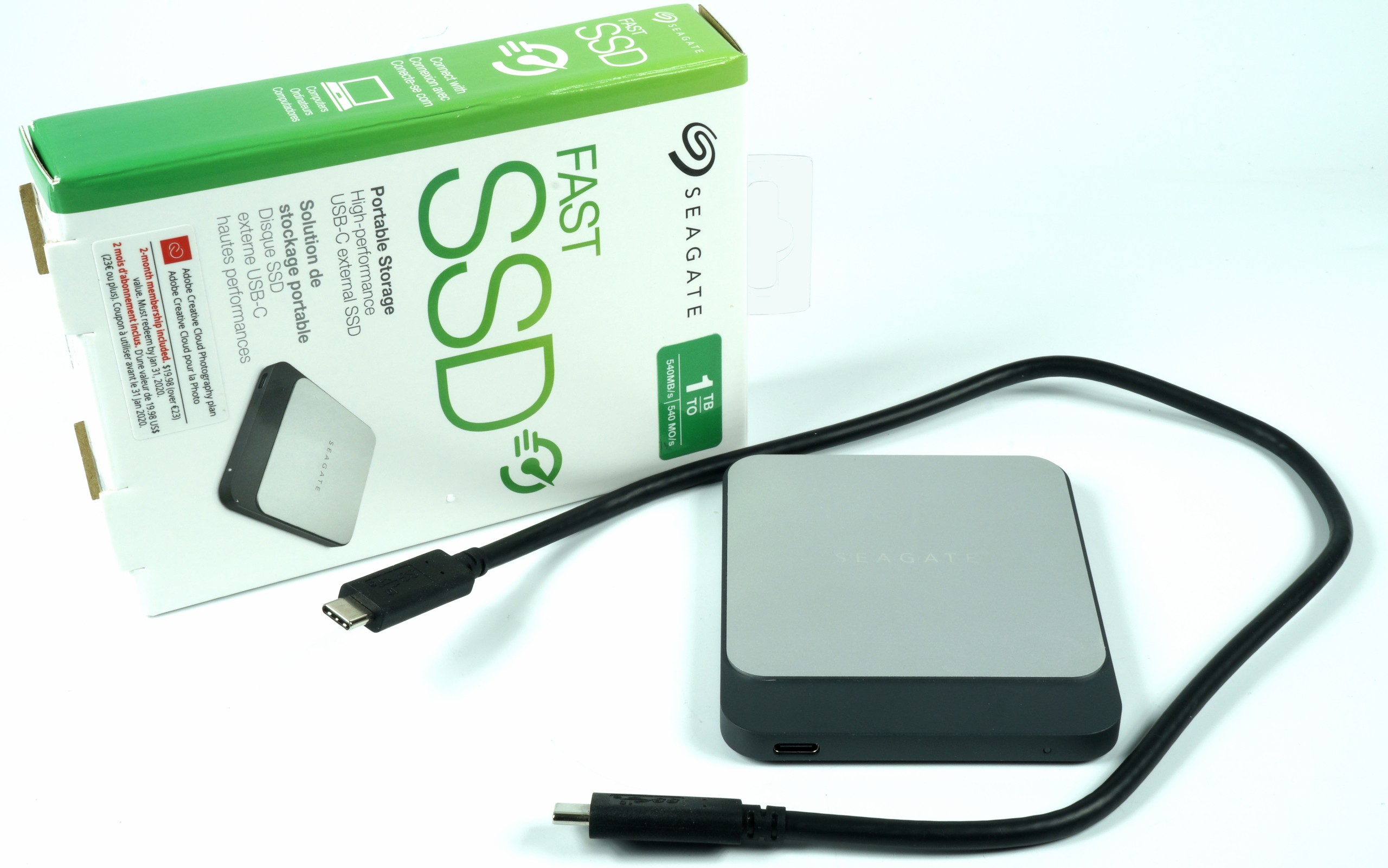NVMe Benchmarks
The board has three M.2 slots, which are of course subject to different restrictions on this board when fully populated. The test object for the benchmarks is a Western Digital Black 1TB, which achieves well over 3000 MB/s. At least as long as cache and buffer play along.
I run the SSD with three different benchmarks, where the result is really impressive. CrystalDiskMark, AS SSD and the ATTO Benchmark are used. Three different approaches, but the motherboard is certainly not the limiting factor here
SATA Performance
For this I use the usual butter-and-bread SSD in the form of an older Crucial MX300 with also 1 TB size and proper occupancy with binary data junk in very different sized files (random). The SSD has been rarely described and only serves as a check object with a very low number of writes. Again, the performance is exactly where it lies with other boards. The SSD delivers exactly the same values on an MSI X299 Gaming Pro Carbon AC, so there should be no bottleneck for the consumer board.
USB 3.1 Performance
In order to be able to test all this correctly, I again rely on external SSDs from Seagate for storage. With the Fast SSD you actually achieve the same values as with an internal SATA SSD. If the USB 3.1 port of the motherboard is suitable. And that’s exactly what he’s doing.
The measurement results show that the external hard drive reaches exactly the speed that was also advertised. Check.
Network speed
MSI relies on the Killer E2500 Gigabit LAN Controller for Ethernet. Only the meaning or nonsense of a 2.5 Gbps multigigabit Ethernet connection hanging on the Realtek chip can be argued about, since NBase-T is still at the beginning and without a second “counterpoint” all this is of little use. I use a Fritz as a router in the editorial office! Box 7590 and the throughput is exactly what the Gigabit Ethernet can do and that’s it. In the laboratory there is still a professional 10GBase-T network with 10 Gb/s, but also here there is a fallback to 1 Gbps due to a lack of suitable other hardware.
Benchmarks in the network from device to device are always a bit problematic, because in the end you have to find out which link is the slowest in the chain after the exclusion procedure. That’s why I use the Fritz! Box and my gigabit internet, which now also deserves the name of one. It took a long time for Magenta to get this done, but now it’s working. With an average of 920 Mbps, this is a round thing and it actually depends on exactly what you are offered. Some overhead and shrinkion are always there. As a final result, this can be left to its stendion.

MSI relies on Intel’s Wireless-AC 9560, which works neatly and solidly. Just over 636 Mbps in the 5 GHz band is good for a wireless network, but not a peak. The latencies fit, but I definitely don’t reach the values from the manual. Even a plausibility test with JPerf/IPerf to another PC on the network no longer brings, regardless of whether it also depends on the module in the 5 GHz network, or is accessed via the detour of the router via LAN.
With approx. 102.5 Mbps of practically achieved speed, the operation in the 2.4 GHz band can be described as lame. At the test site, it can be excluded that other networks have a disruptive effect here. Well, if you only surf and have a line with 100 Mbps, you won’t notice much of it, but you would have to ship everything about it into the 5 GHz network. The latency is right, but at the pace I would like to have a little more.











































Kommentieren